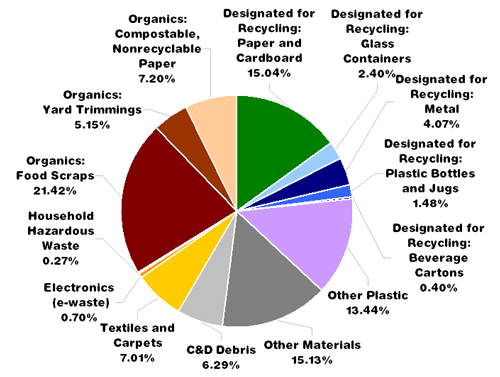Indian Natural Vegetation | Geography of India
Natural Vegetation
Natural Vegetation refers to the plant cover that has not been distributed over a long time, so as to allow its individual species to adjust themselves fully to the climate and soil conditions. Thus, grasses, shrubs and trees, which grow on their own without any human interference, constitute the natural vegetation of an area.[1]
There is difference between flora, vegetation and forest. Flora refers to plants of a particular region or period, listed as species and considered as a group. For example, the Eastern Himalayas have about 4000 species of plants which vary with increasing altitude from tropical to temperate and alpine.[2]
Vegetation, on the other hand, refers to the assemblage of plants species living in association with each other in a given environmental setup. For example, the redwood forests, coastal mangroves, roadside weed patches, cultivated gardens and lawns, etc., all are encompassed by the term vegetation. The major vegetation types of the world are grouped as forests, grasslands, scrubs and tundra.[3]Forest refers to a large tract of land covered with trees and accompanying undergrowth of shrubs, herbs and sustaining thousands of life forms, which include both plants and animals. In legal technology, a forest is any land with its vegetative cover, that has been so declared under a legal provision.[4]
Importance of Forests
1> Productive Functions: Various trees provide us with products such as fruits, leaves, roots and tubers of plants. Wood is used for making furniture in houses as well as industrial units. Wood and bamboo pulp are used for manufacturing paper and paper boards. Wood is used indiscriminately as a source of energy for cooking and for providing warmth.[5]
Forest products, other than timber and firewood, include fibres, essential oils, oil seeds and edible plants. Bamboos provide a means of livelihood for the tribals who make mats, baskets, ropes, etc., using bamboo. It is also used in the manufacture of rayon (yarns and artificial fibres).[6]
2> Protective Functions: Forests Control the water flow . The thick layer of humus in the forests prevents evaporation of water. The humus acts as a natural sponge and helps to soak the rain water in the soil. The forests with the complex root system binds the soil thereby preventing soil erosion and loss of nutrients. The thick humus over the years is formed by the decay of forest litter, which increases the fertility of the soil.[7]
Donate Us!!
3> Regulatory Functions:The trees utilise carbon dioxide and release oxygen during photosynthesis. The oxygen released by the trees is used by the animal world. Thus, the trees perpetuate the cycles of oxygen and carbon dioxide in the biosphere. They also regulate the water cycle. The trees absorb water from the ground, release water during transpiration into the atmosphere which helps to form clouds and precipitation, which brings water again into the soil, thus completing the Water Cycle.[8]
4> Accessory Functions:Accessory functions of the trees means that the forests provide habitat for wildlife. Forests also provide aesthetics and recreation to human beings through National Parks, Wildlife Sanctuaries and Biosphere Reserves.[9][10]



Nice. But please provide some more information about the types of vegetation
ReplyDeleteSure... I will try to do this ASAP!!
DeleteNice information but you should add some more information in this
ReplyDeleteSure... I am working on it. We will try to give the vegetation types details ASAP!!
Delete